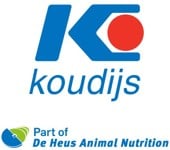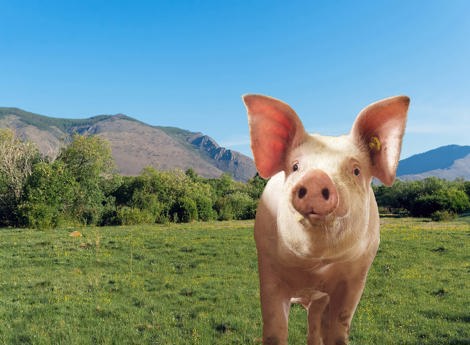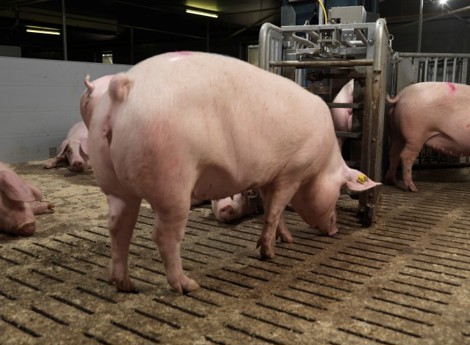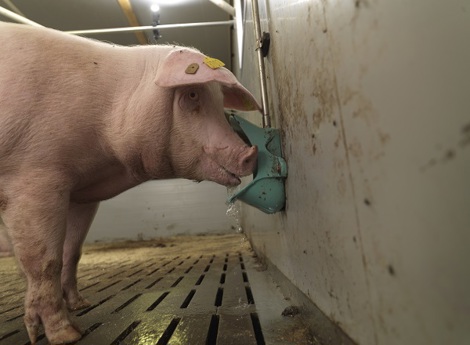 Sows
Sows
Fit sows produce healthy piglets. Optimizing the number of healthy piglets for weaning depends on the condition of the sow. Good sow feed contributes heavily towards the productivity of the sow during all phases of the reproductive cycle and boost the bottom-line results of pig farmers.
Best feed solution combined with optimal support
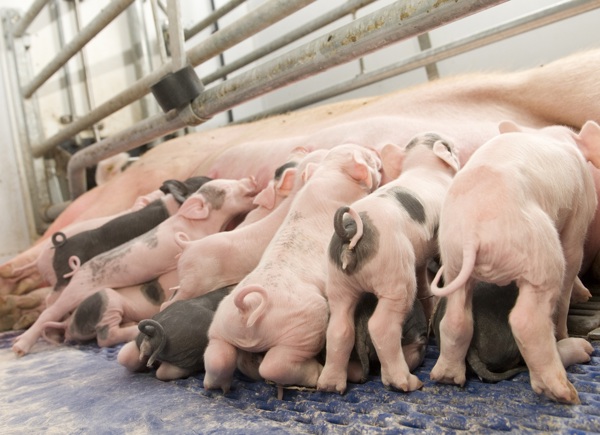
Our approach for high producing sows
Our concentrates for sows are specially designed to fullfil the needs of the sows in the different stages. For optimal reproduction, condition and milk yield during the gestation and lactation period. To produce a high number of high quality piglets.
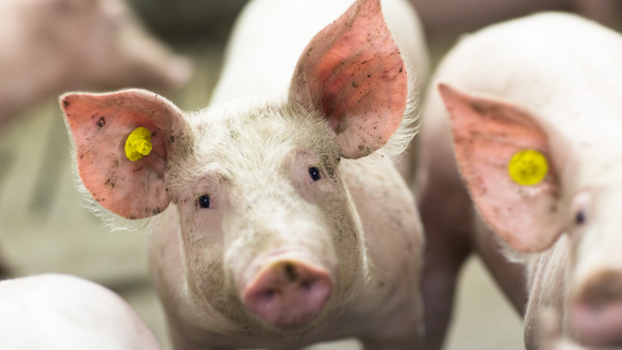
Our Product for Pig Growers (Sows)
For healthy growth and uniformity of your sow, choose Koudijs Grower Feed.
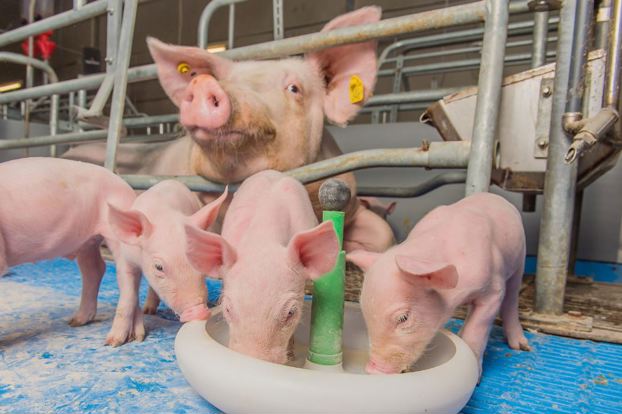
Challenges we can help you with
Are there any challenges we can help you with?
Frequently asked questions
We have the answers to your question
The number of total born piglets mainly depends on the number of ovulated oocytes. Growing and development of oocytes already starts during the previous lactation period. A significant negative energy balance and therefore a significant loss of body condition will be negative on the number of oocytes to ovulate and therefore on total born piglets. Stimulation of the hormone production required for ovulation in the period between weaning and insemination also positively affects the number of oocytes which ovulate. A specialized flushing diet can support this hormone production.
The number of live born piglets is mainly affected by the total number of born piglets and the number of deadborn piglets, as the number of liveborn piglets is calculated as total born minus deadborn.
The main reason for a high number of deadborn piglets is due to a too long birth process. If the piglets stay for a too long period in the birth channel, they can be without oxygen for a long period and therefore die during the birth process.
The birth process can take too long if sows are low on energy supply and short in calcium. The energy and calcium are required for muscle contractions which are required to transport the piglet through the birth channel. Specialized sow transition diets aim at an optimum energy and calcium supply to stimulate the birth process. Next to diet choices also the feeding schedule can support the birth process for a better spread of nutrient supply over the day and dietary nutrient supply as close as possible to the onset of the birth process. Finally management can support the birth process via birth assistance.
The weaning weight of piglets can be increased via an increased sow milk production and increased intake of creep feed. The milk production of sows can be increased by adjusting the feeding schedule of the sows during the lactation period. Next to that the diet composition of the lactation can be adjusted, as for a higher milk production more nutrients are required. Koudijs has knowledge on what nutrients shoud be adjusted to achieve an increased milk production of the sows. It is important to keep track of the development of body condition of sows as if milk production increases often this results in an increased loss of body condition. Therefore it is important to 'repair' this body condition loss during the following gestation period, to prepare the sows for a good milk production in the next farrowing.
Even though nutrient intake of piglets via creep feed is limited compared to sow's milk, but it still contributes in increasing the weaning weight of piglets. Koudijs has specialised creep diets which can be fed supplementary to sow's milk. Important in those diets is the choice of raw materials as young piglet's can't digest all raw materials as well as olders pigs can. Koudijs has many management recommendations to maximize the feed intake of those creep feed diets in the farrowing room.
The main reason for mortality in the farrowing room is due to crushing. Therefore the main losses due to mortality in the farrowing occur during the first 4 days post-weaning. Piglets are at higher risk for crushing if they are less vital. Reduced vitality is often linked to a too long birth process, causing an oxygen shortage.
Another reason for reduced vitality is due to starvation. One of the reasons for starvation is a too low milk production of the sow. This too low milk production of the sow can be caused by a too low feeding schedule, therefore a too low daily nutrient supply which results in a too low milk production.
Also the choice of a lactation diet can play a role, as for a big litter with many piglets a more concentrated diet is required to achieve sufficient nutrient intake for a sufficient high milk production. Finally management plays a role as well in reducing the number of less vital piglets from the perspective of supporting piglets in being able to find the tits and a good distribution of colostrum over all piglets. Piglets staying behind the sow for a long time because they are not able to find the tits use a lot of energy to keep their body temperature correct. As piglets don't have a lot of energy reserves available, finally they are at risk to become a less vital piglet. Therefore it is important to move those piglets to the udder, so they are be able to find the tits and drink the colostrum which contains energy which increases vitality.
Finally also the distribution of colostrum over the piglets is important, as otherwise the strongest piglets drink all, leaving only limited left for the weaker piglets. This results in the risk of starvation of those weaker piglets, finally becoming less vital and higher at risk for crushing. By applying colostrum management, this will allow better spread of colostrum intake over the piglets in the litter.
